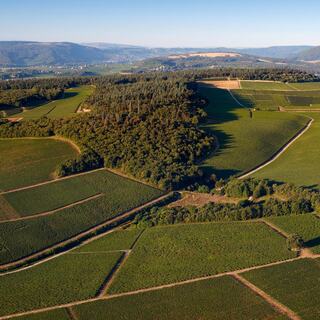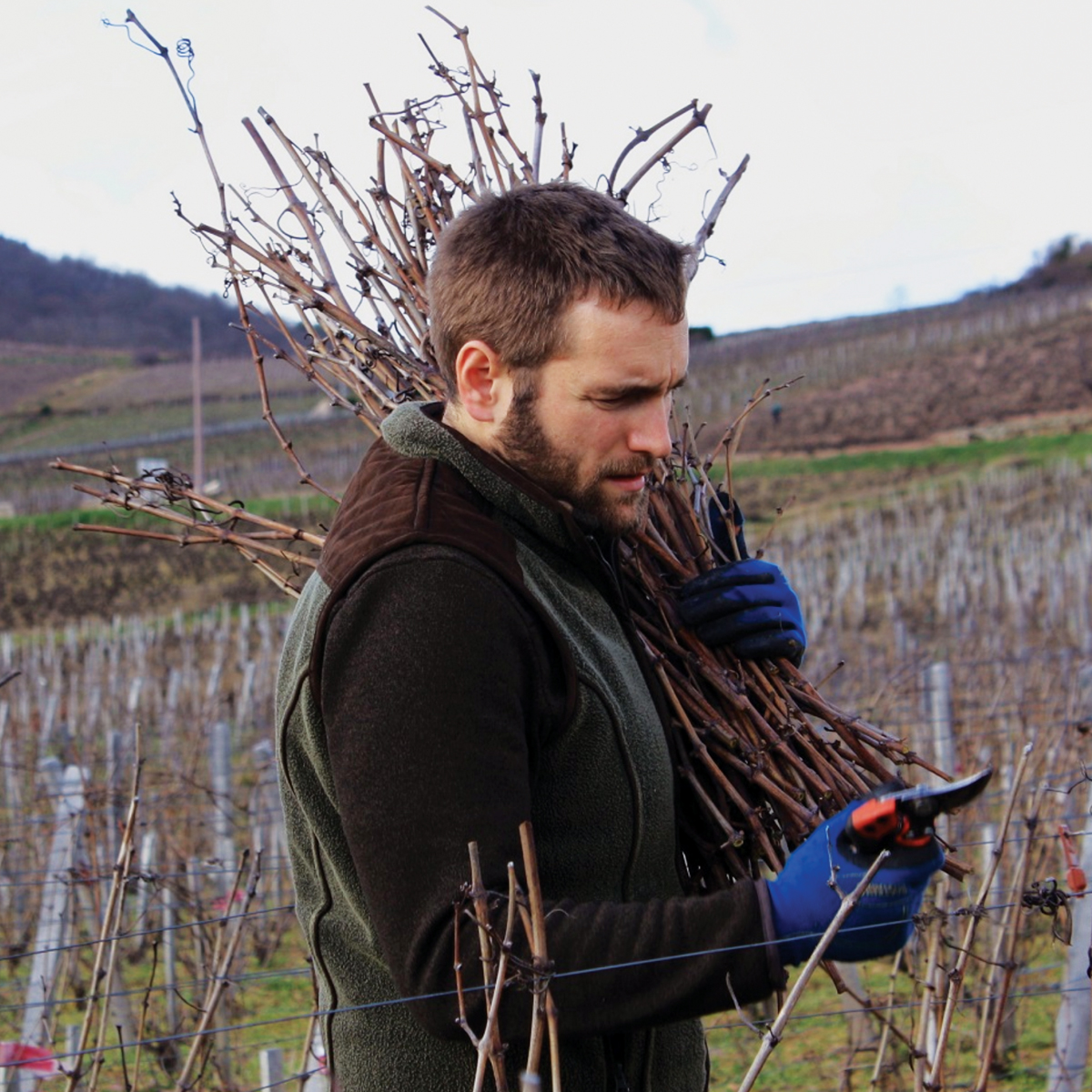Domaine du Roc des Boutires Story


Domaine du Roc des Boutires has 4.2 hectares on an east-west oriented strip at the same latitude of the village of Pouilly on Jurassic limestone interlaced with clay and shale, the same substratum as the premiers and grands crus of the Côte d’Or. The vines of Chardonnay, mostly planted in the beginning of the 1970s, are flowering here with the greatest respect for the natural environment. All wines come from the estate vineyard exclusively.


History
In the village of Pouilly, in the middle of the Pouilly-Fuissé AOC lies Domaine du Roc des Boutires. The winery’s name draws on both terroir and tradition: its proximity with the Roche de Solutré, an emblem of the appell...


Vineyards
The appellation is spread among four villages: Pouilly and Fuissé villages are the heart of the AOC and should gather two-thirds of the crus when the classification is submitted.
The village of Vergisson, the northernmo...


Winemaking
The berries are driven to the pressoir by gravity, immediately pressed with the whole bunch in order to filtrate the best and most natural way possible. Once the pressurage is done, the juices are cooled down to 8°C (46°...
Biographies

Bourgogne
The birthplace of Pinot Noir and Chardonnay, Bourgogne is a region shaped by ancient monasteries and renowned family estates. With its limestone, clay, and marl soils and cool climate, it produces wines of unmatched finesse, making it the pinnacle of wine regions for many.



